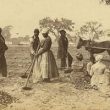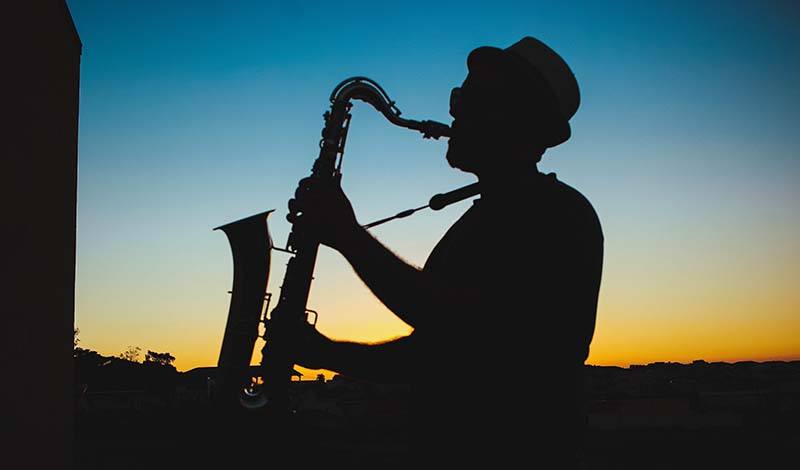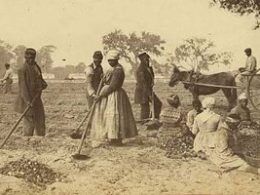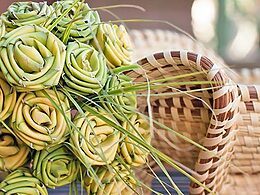Gullah music is a genre of music that originated from the Gullah people, an African-American community living in the Lowcountry region of South Carolina, Georgia, and Florida. The music is a combination of African rhythms, spirituals, and blues that has been passed down through generations.
The Gullah people, who were brought to the United States as slaves from West Africa, brought their African musical traditions with them. Over time, their music blended with European and American styles to create a unique sound that is distinctly Gullah.
One of the most well-known examples of Gullah music is the “ring shout.” The ring shout is a religious dance that originated from the West African tradition of communal dance. It involves forming a circle and moving in a counterclockwise direction while singing and clapping. The ring shout was traditionally performed during religious services and was often accompanied by hand drums and other percussion instruments.
Another example of Gullah is the “hambone” style of rhythm and dance. Hambone involves slapping and stomping the body in a percussive manner to create rhythmic patterns. The tradition of hambone dates back to the days of slavery when African slaves were not allowed to use drums.
In the 20th century, Gullah music began to influence other genres of music, particularly jazz and blues. Jazz musicians such as Duke Ellington and Dizzy Gillespie incorporated elements of Gullah music into their compositions.
One of the most famous Gullah musicians is the late singer and songwriter, Gullah Jack. He was born in the Gullah community of St. Helena Island, South Carolina and was known for his soulful voice and powerful performances. His music reflected the Gullah tradition of blending African rhythms with gospel and blues.
Other notable Gullah musicians include the gospel group, The McIntosh County Shouters, and the blues guitarist, Cootie Stark.
The Gullah Geechee people and their music influenced George Gershwin’s Porgy and Bess, a well known opera. Gershwin became enamored of the local Gullah culture to which he was introduced while staying on nearby Folly Beach. He attended negro spirituals at a black church where he witnessed the traditional hand clapping, foot stomping and swaying movements that accompanied them. Learn more about Gershwin’s time on Folly and the influence on Porgy and Bess.
Today, Gullah music continues to be an important part of African-American culture and heritage. It is celebrated through festivals and events such as the Gullah Geechee Cultural Heritage Corridor, which spans four states and is dedicated to preserving and promoting the Gullah culture.











